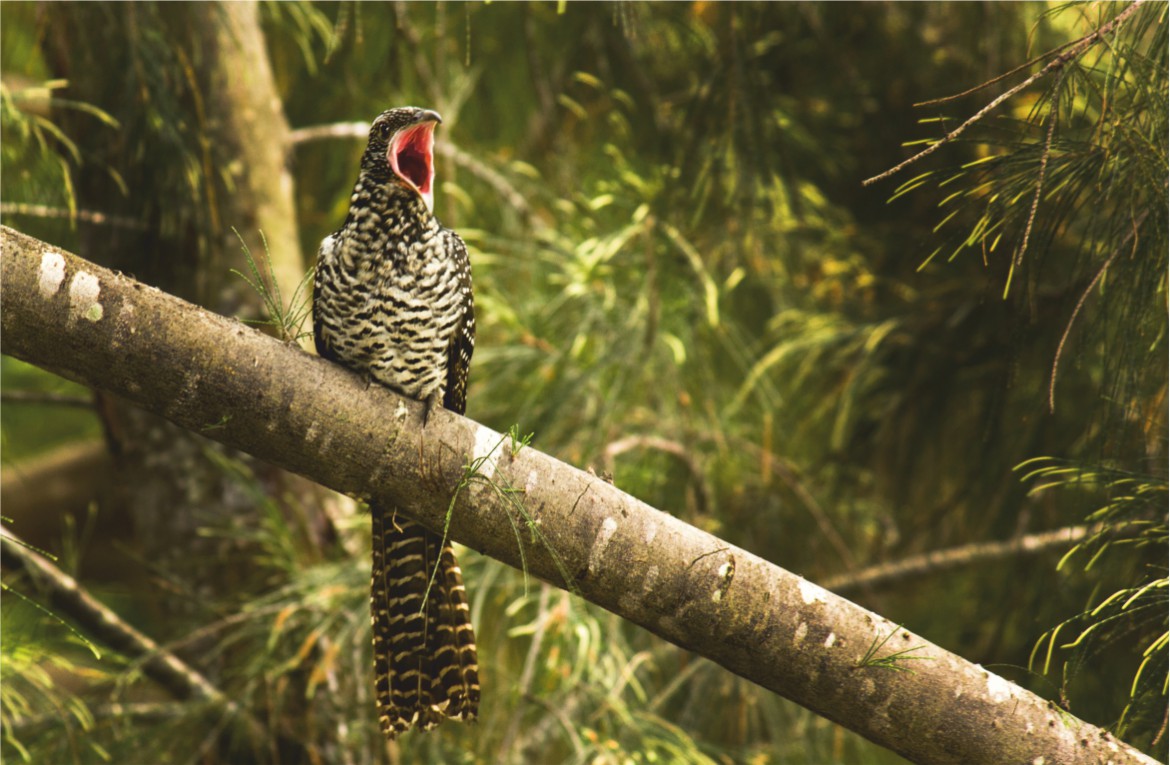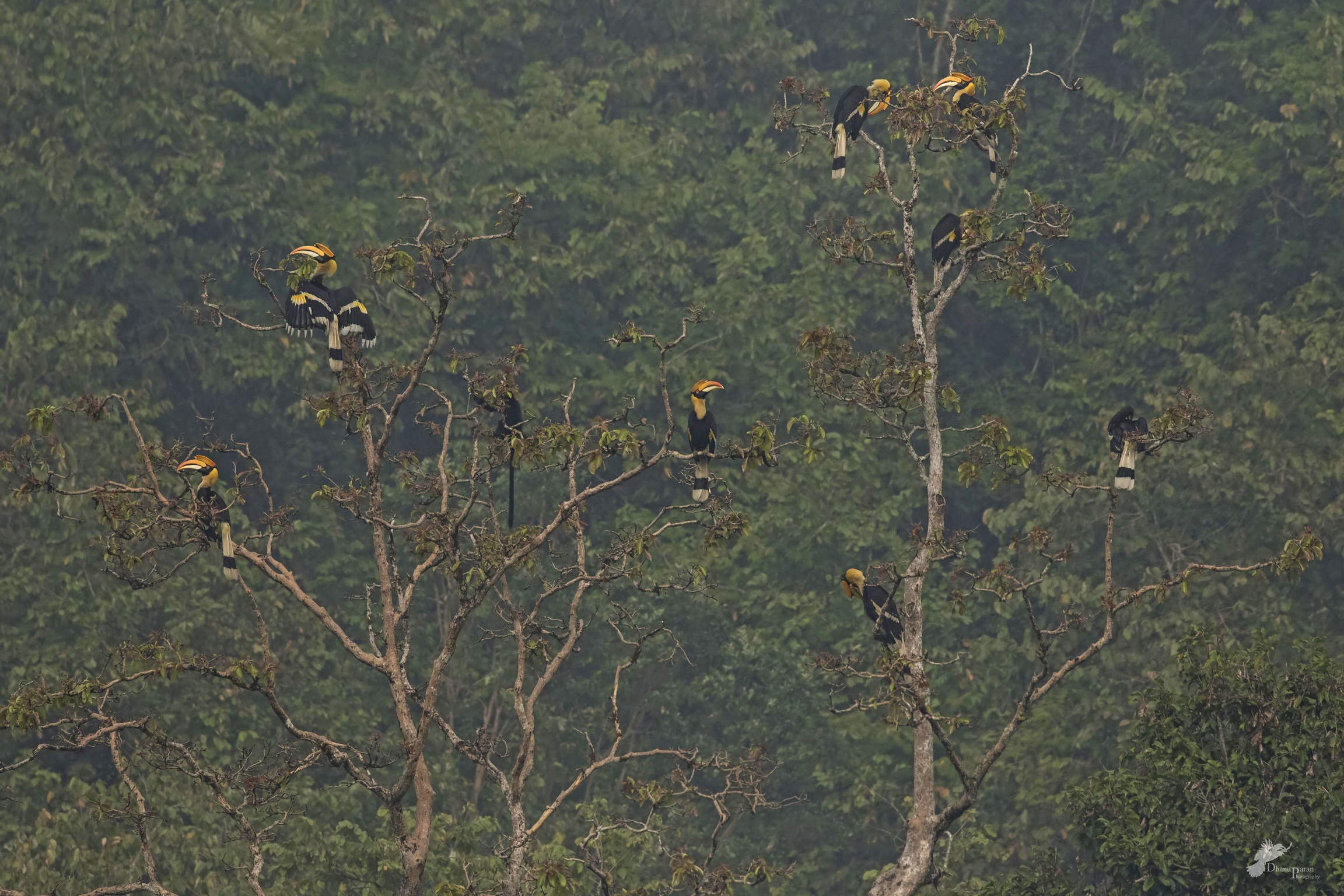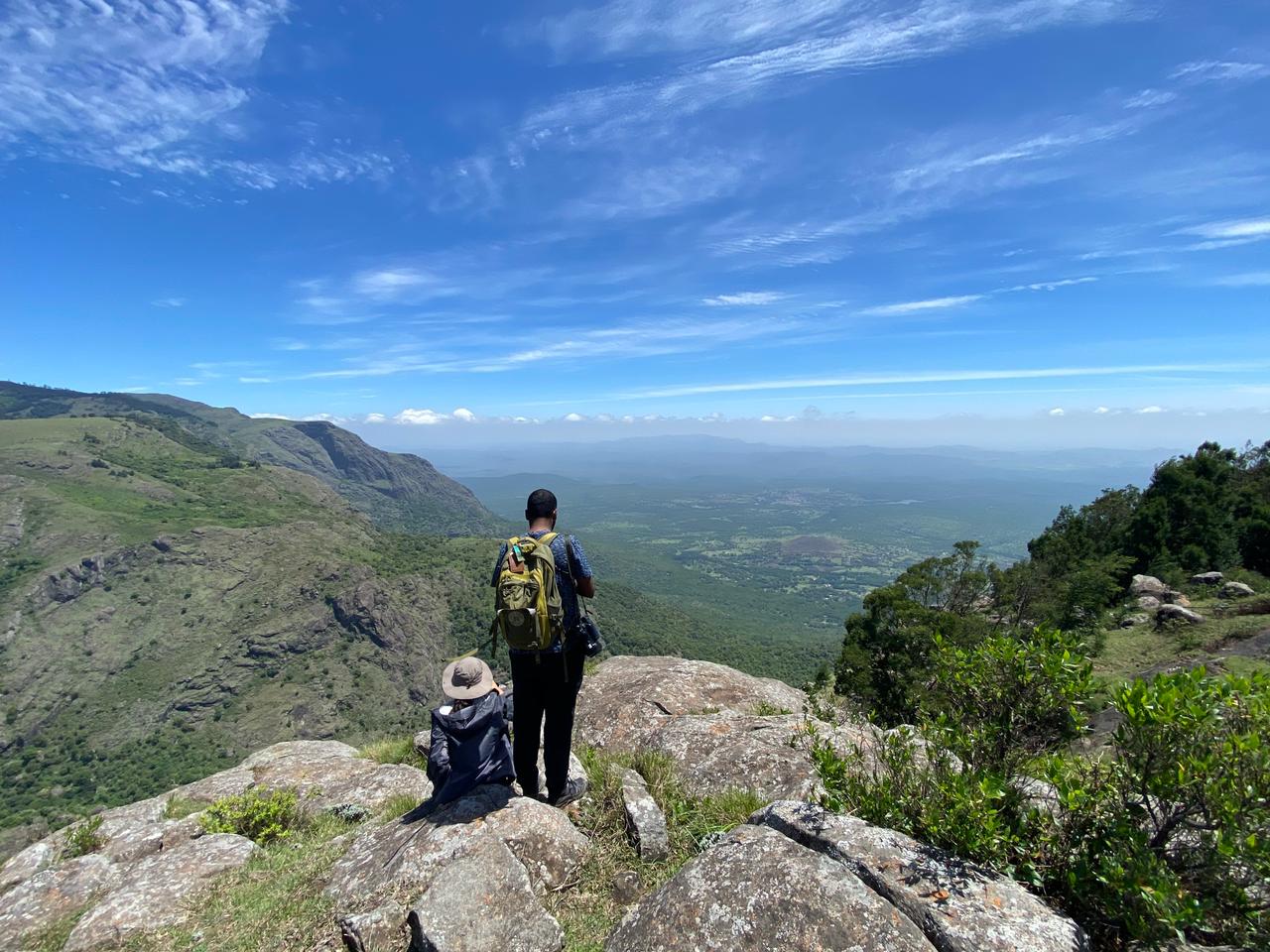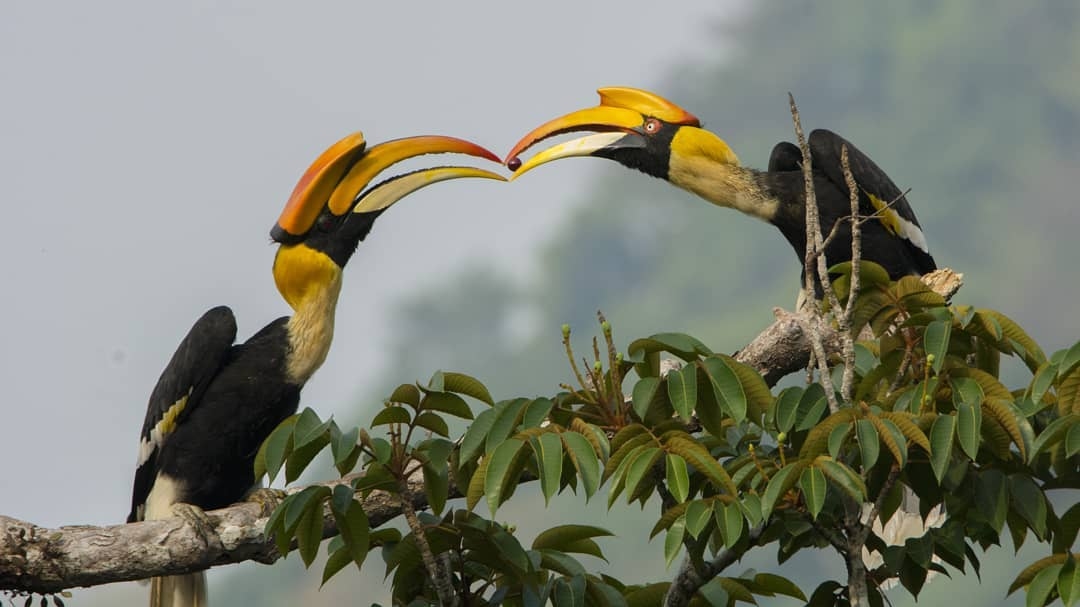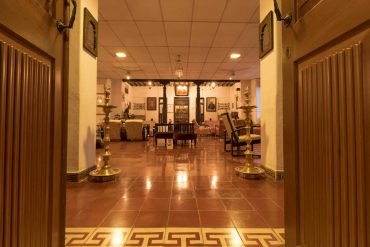“The Asian Koel, you mean?” I asked Lingesh. We were debating the origin of its name. Lingesh Kalingarayar, a naturalist from Thadam experiences, who accompanied tourists on nature trips through Pollachi’s bio-diverse countryside, believed that it had entered the lexicon from the Tamil word“ kuyil ”. I found out later, however, that the name had descended, from the Hindi koël hinting that the origin was most likely kokila, a Sanskrit term.
On the morning of our drive into the Anamalai Tiger Reserve, the sun hadn’t yet yawned into the Western Ghats. The only sounds were the rustle of coconut palms and the calls of birds. The creature Lingesh and I were discussing was the ubiquitous Asian cuckoo whose call supposedly mimicked the sound of its name. In South India, the koel is as common as the cockroach and therefore it didn’t intrigue me, not when we were deep in a forest that teemed with over 250 species of birds and over 2,000 species of plants.
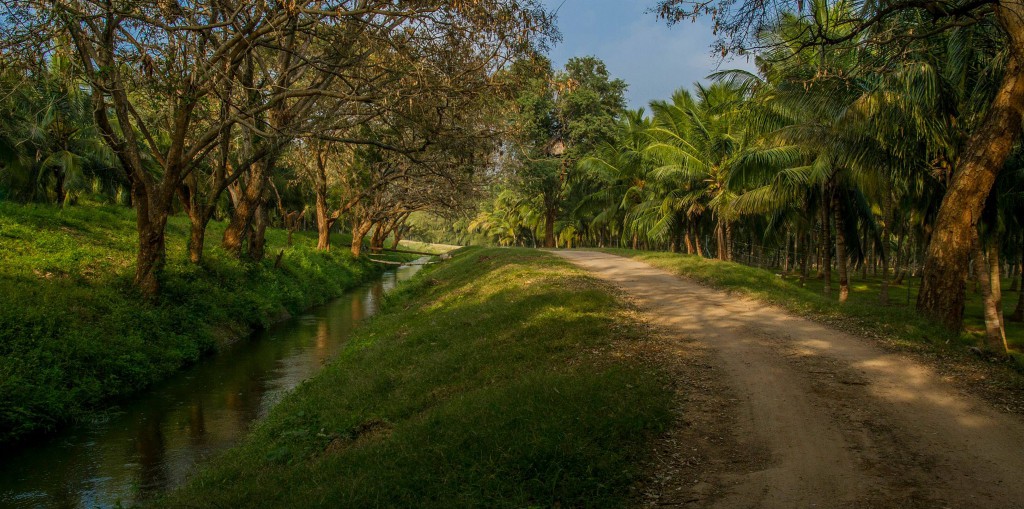
As he drove us through coconut orchards bordered by cocoa plants, Lingesh slowed down whenever something caught his fancy. But where he saw wings, I saw twigs. And where he saw a nest, I saw a coconut. He talked sparingly. It was a warning to the humans—especially to Vinayagam, my late father’s chauffeur, who was sitting in the back and being driven for a change—that we were to please keep quiet so that the birds would swoop down from nowhere and give us the pleasure of their plumage.

By the end of our drive, I’d seen at least thirty-five species, including the red-vented bulbul, the southern coucal with its rust-orange wings, a blue-faced malkoha, the common hoopoe with its stylish crown, the yellow-browed bulbul and several black-hooded orioles. Still, I knew that I wouldn’t ever be able to tell the coo of a koel from the metal clang of a racquet-tailed drongo—not even under the threat of being assailed by elephant droppings the size of Mauritius.
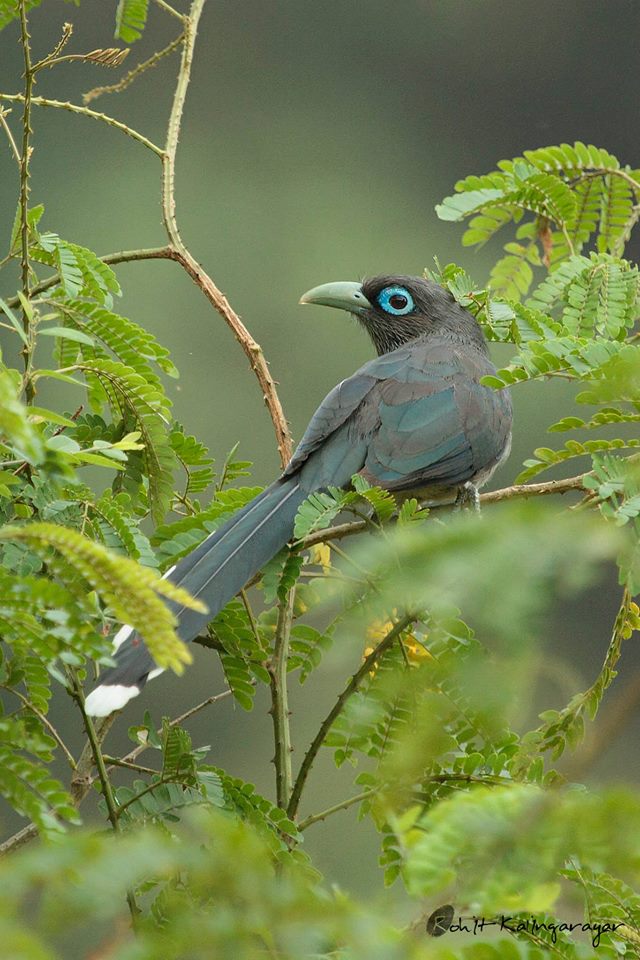
During those four hours together, Lingesh was mostly tuned to the creatures of the forest.Every few minutes, Lingesh would propel the car forward just a little. Then he’d wait. At some stops, he’d point and shoot his camera. Its snout was a mahjong of lenses locking into one another. Then he would show me the picture he had just taken so that I could see how the bird looked up close. Then he’d extend the binoculars so I could get a better look.
Soon we began seeing warning signs that we were entering tiger country and that visitors could not get out of vehicles under any circumstances. I shared my deepest fear with my guide. “What if a tiger paws me now?” I wanted to live to write about my adventure. Lingesh laughed. He lamented that he still hadn’t seen a tiger in the Anamalai’s. “Ma’am, no other animal is as majestic,” he said. I assured him, once again, that I was not keen on meeting a tiger that morning. By the time Lingesh dropped us off at the Aliyar Ashram where we had stayed the night, I’d learned a lot about a passionate young man who wanted to be a farmer, just like his father. Like Lingesh, many youngsters now worried about the depletion of forests and habitat. They wanted to sensitize locals and visitors to ecological conservation by offering intelligent tourism.
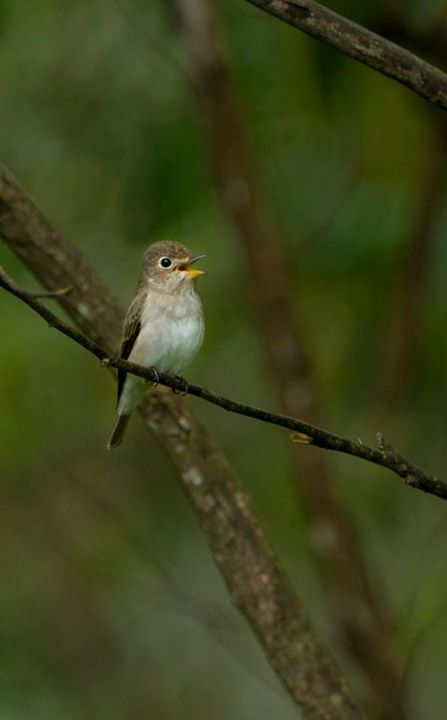
The birdsong is the primordial sound of existence. It preempts the first rays of the morning sun. It echoes the notes of the beginning of time, although in my life, the birdcall also signifies an end. The call of the koel will always remind me of the collapse of a nest. It sang outside my father’s balcony last June on Father’s Day. A swan song, perhaps, from a father to his daughters.

